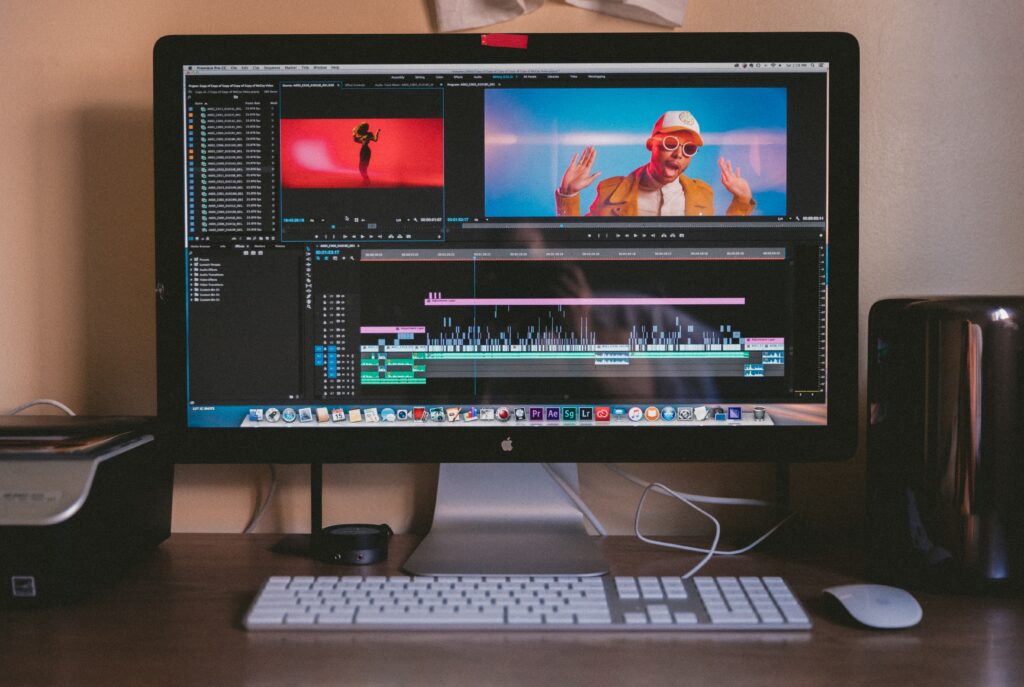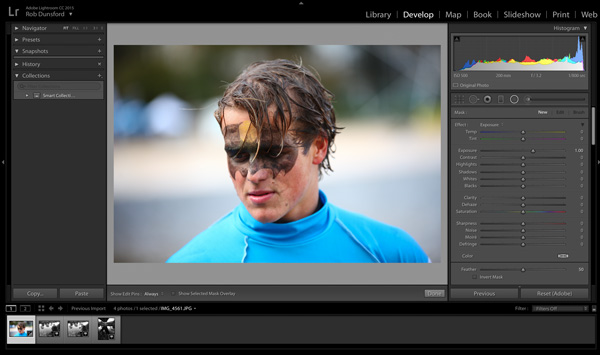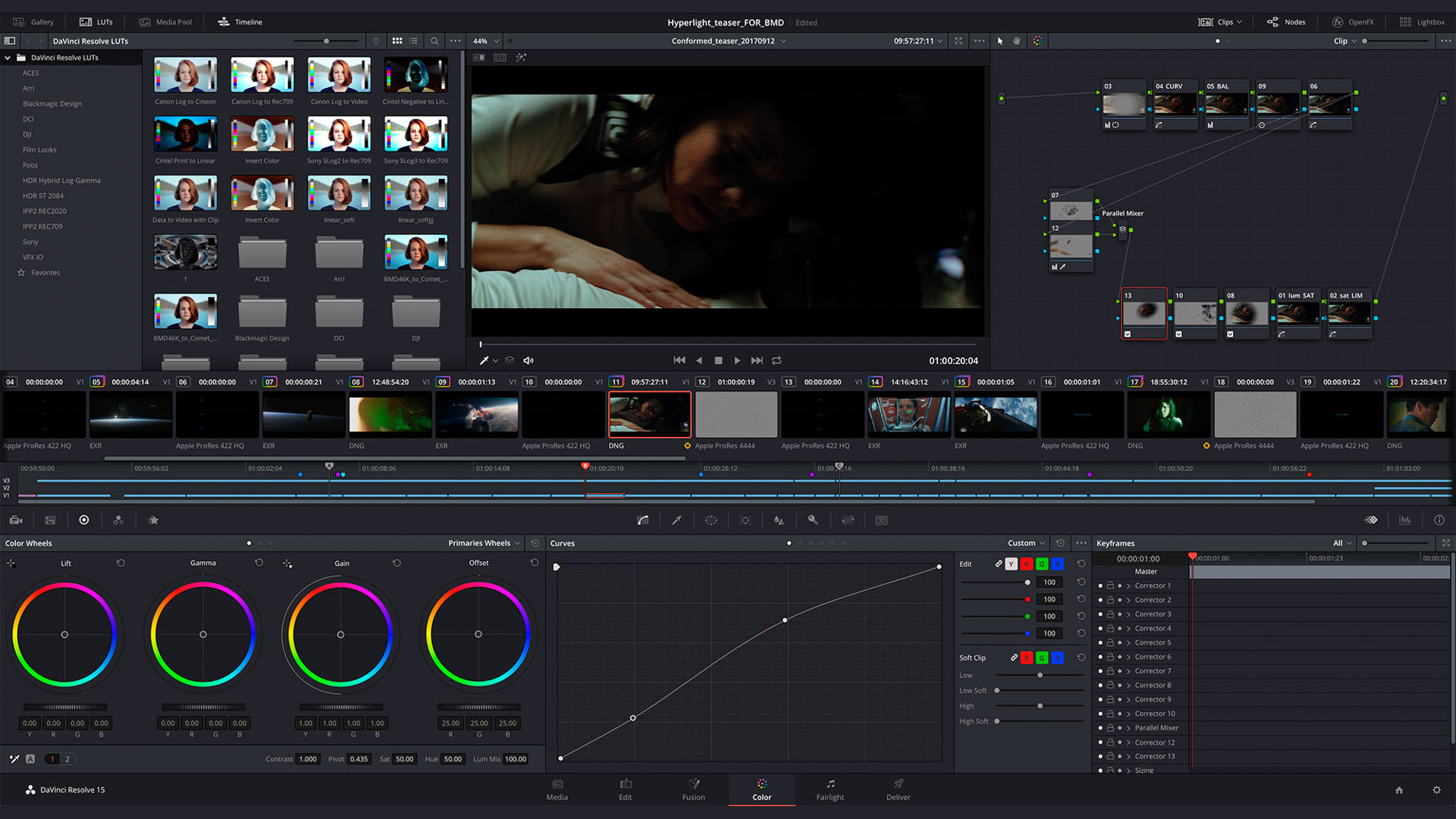Advanced Video Editing: Techniques to Elevate Your Visual Storytelling
In the ever-evolving landscape of visual storytelling, advanced video editing techniques have become indispensable for filmmakers, content creators, and aspiring directors. The power of video editing extends far beyond mere technical proficiency; it embodies the art of weaving a compelling narrative, eliciting emotions, and engaging audiences on a profound level. In this comprehensive exploration of advanced video editing, we delve into the techniques that elevate visual storytelling to an art form.
Sequencing and Pacing: At the heart of advanced video editing lies the mastery of sequencing and pacing. Understanding the rhythm of a story, knowing when to escalate tension, and when to provide moments of reprieve are skills that set seasoned editors apart. By manipulating the sequence of scenes, altering shot durations, and controlling transitions, editors can evoke a wide spectrum of emotions, from anticipation to catharsis.
Color Grading and Cinematography: Color grading is a transformative process that enhances the visual appeal and emotional resonance of a video. Advanced video editors are adept at manipulating colors to create specific moods and atmospheres. They can evoke warmth, nostalgia, or tension through subtle color adjustments. Furthermore, a profound understanding of cinematography principles allows editors to emphasize visual storytelling by aligning the color palette with the narrative tone.
Visual Effects and CGI Integration: In the realm of advanced video editing, visual effects and computer-generated imagery (CGI) play a pivotal role. Whether it’s seamlessly integrating actors into fantastical worlds or creating mind-bending illusions, the judicious use of visual effects can transport audiences to extraordinary realms. Editors skilled in VFX can merge reality and imagination, blurring the line between what is real and what is fantastical, thereby enriching the storytelling experience.
Sound Design and Audio Manipulation: Sound design is a cornerstone of advanced video editing. Editors proficient in sound manipulation can use audio to intensify emotions, heighten suspense, and guide the audience’s focus. From ambient noises that establish the setting to meticulously synchronized sound effects that enhance visual cues, audio editing is an art form in itself. Additionally, the artful integration of music can elevate a scene from ordinary to extraordinary, underscoring the emotional beats of the story.
Montage and Parallel Editing: Montage, the art of juxtaposing images to convey meaning, and parallel editing, the technique of cutting between two or more scenes occurring simultaneously, are powerful tools in the hands of skilled editors. Montage sequences condense time, allowing viewers to grasp complex events swiftly. Parallel editing heightens tension by showcasing multiple, interrelated events concurrently. Mastery of these techniques enables editors to convey intricate narratives with clarity and impact.
Transitions and Symbolism: Transitions are the glue that binds a video together, seamlessly connecting scenes and ideas. Advanced video editors utilize a myriad of transition techniques, from cuts and fades to innovative digital transitions, each serving a specific purpose. Additionally, editors often incorporate symbolic imagery and metaphorical visual cues. These subtle elements enrich the narrative, inviting viewers to interpret the story on a deeper, symbolic level.
In essence, advanced video editing transcends the realm of technical proficiency, embodying the essence of storytelling itself. It is an intricate dance between creativity and technical finesse, where every cut, every color grade, and every sound effect contributes to the overarching narrative tapestry. Through advanced video editing, storytellers can captivate audiences, evoke profound emotions, and leave a lasting impression on the viewer’s psyche.



